‘Tariff Nullification’ Ruling Roils U.S. Treasury Market; Trump Appeals, Warning “Without Tariffs, America Becomes a Third-World Country”
Input
Changed
Trump Tariffs Curbed by Federal Court Ruling Fiscal Woes Mount on Prospect of Tariff Refunds Administration Warns of Potential Collapse of Trade Accords
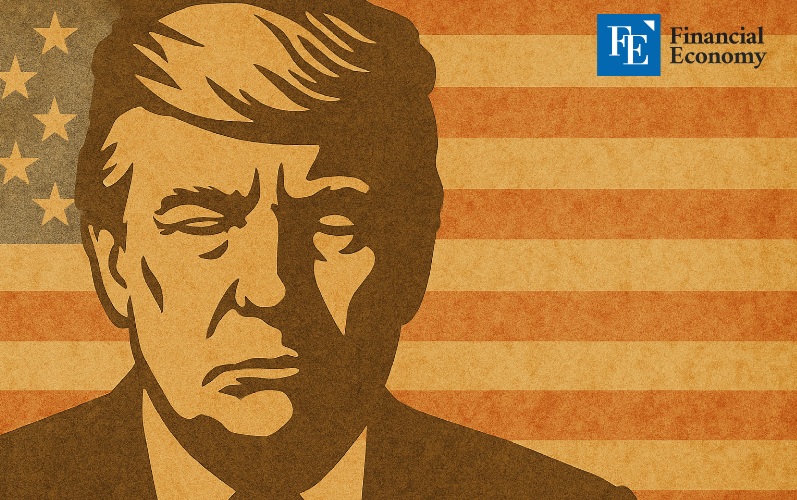
The U.S. Court of Appeals has recently ruled that most of the Trump administration’s tariff measures were unlawful, raising the possibility that Washington may be required to refund already collected duties. Such a scenario has fueled concerns over worsening fiscal deficits, driving a sharp surge in Treasury yields. Analysts note, however, that President Donald Trump still retains multiple legal instruments delegated by Congress, suggesting the “tariff war” will not easily be curtailed.
Treasury Yields Surge on Fiscal Anxiety
On September 2, the 10-year U.S. Treasury yield climbed 5 basis points (bp; 1bp = 0.01 percentage point) to 4.281%. The 30-year yield jumped more than 5bp to 4.977%, while the 2-year rose 3bp to 3.658%. At intraday highs, the 30-year yield breached 4.97%, the strongest since late July, while the 10-year touched 4.279%, the highest since August 27.
The spike followed the July 29 ruling by the U.S. Court of Appeals for the District of Columbia, which, in a 7–4 decision, found the administration’s reciprocal tariff regime imposed under the International Emergency Economic Powers Act (IEEPA) unlawful. Enacted in 1977, the IEEPA empowers the president to impose economic sanctions when “extraordinary and unusual threats” to national security arise. It has previously been applied against Iraq, Russia, and North Korea.
The ruling raises the specter of tariff refunds, amplifying fiscal risks. With deficits already swollen by sweeping tax cuts, the obligation to return tariff revenues to U.S. importers could necessitate additional Treasury issuance, exacerbating supply pressures and interest costs. Treasury Secretary Scott Bessent recently projected that tariff revenues could reach $1 trillion this year.
Alternative Legal Grounds for Tariffs
Legal experts caution against assuming the ruling will end the tariff regime. If appealed, the Supreme Court—where six of nine justices are conservative appointees—may side with Trump. Even in the event of an adverse ruling, current tariffs are likely to remain in place, as other statutory provisions beyond IEEPA could sustain them.
Several clauses, including Section 232 of the Trade Expansion Act, empower the president to impose tariffs on national security grounds. Trump has already leveraged this to apply high duties on steel, aluminum, automobiles, and copper products, with ongoing Commerce Department reviews covering semiconductors, pharmaceuticals, and wind turbines.
Section 201, invoked in 2018 to levy tariffs on solar modules and washing machines, allows duties if import surges cause “serious injury” to domestic industries. Section 301 authorizes tariffs in response to unfair trade practices or treaty violations; Trump used it to impose duties on Chinese imports in 2018, measures that remain in force. In July, the USTR launched a Section 301 probe into Brazil, targeting trade, intellectual property, deforestation, and ethanol markets.
Additional but unused provisions include Section 122, which permits temporary tariffs of up to 15% for 150 days to address balance-of-payments deficits or a dollar collapse, and Section 338 of the Smoot-Hawley Tariff Act of 1930, which authorizes retaliatory tariffs against discriminatory practices. While rarely applied, these remain potential instruments for Trump.
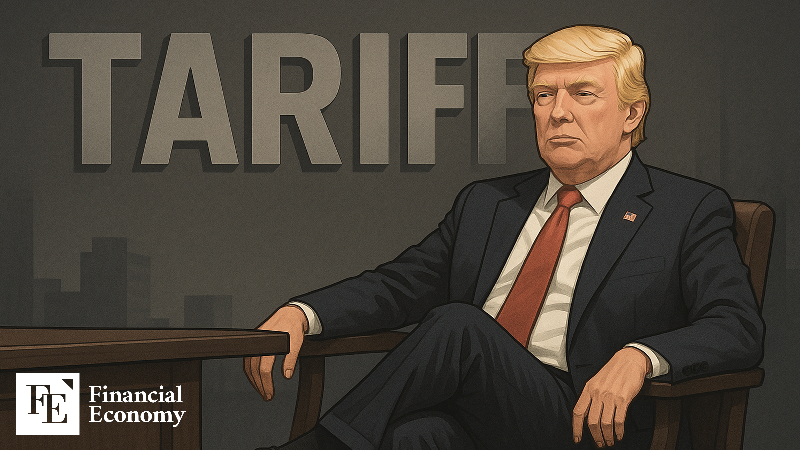
Administration Warns of Fallout if Tariffs Invalidated
President Trump has condemned the court ruling as an “emergency” and confirmed plans to petition the Supreme Court imminently. Speaking on the Scott Jennings Show radio program on September 2, he warned, “This decision imposes a heavy burden on the economy. Without tariffs, we become a Third-World country.” He stressed that tariffs have been a crucial negotiating lever, adding, “The appellate ruling is only temporary. We will respond with emergency measures, likely filing an appeal tomorrow.”
The administration has long cautioned that removing tariffs would yield dire consequences. Trump has said, “If this decision stands, it will be a disaster for the economy. Without tariffs, America becomes weak, helpless, and poor.”
Beyond Trump’s rhetoric, officials argue that nullifying tariffs could unravel existing trade agreements. USTR representative Jamieson Greer told the court on July 29 that since judicial review began, Washington has announced trade accords with South Korea, the European Union, Indonesia, the Philippines, Vietnam, Japan, and the United Kingdom. He emphasized that tariffs were essential to bringing these partners to the negotiating table, warning, “None of these deals would be possible without credible threats of immediate tariffs.”
Commerce Secretary Howard Lutnick echoed the alarm, cautioning that invalidating tariffs would inflict “enormous and irreparable harm” to U.S. foreign policy and national security. He warned such a ruling could embolden retaliatory actions, prompt trade partners to renege on commitments, and derail ongoing negotiations critical to U.S. strategic interests.

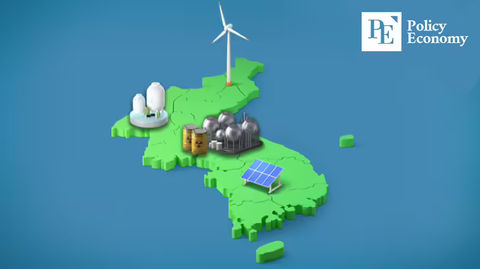
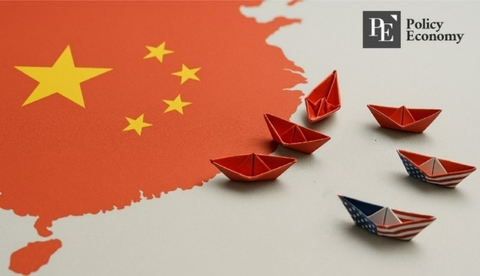

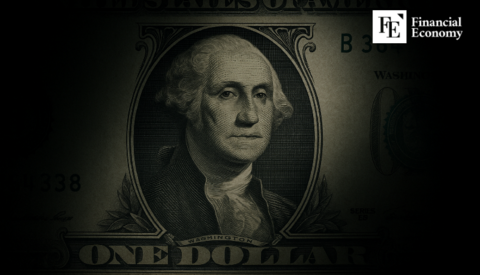

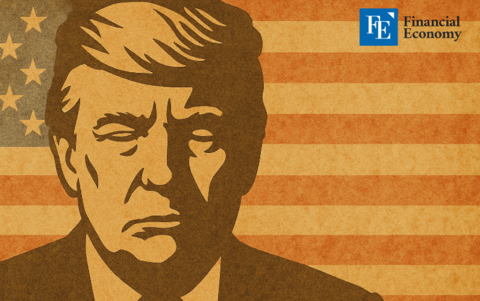

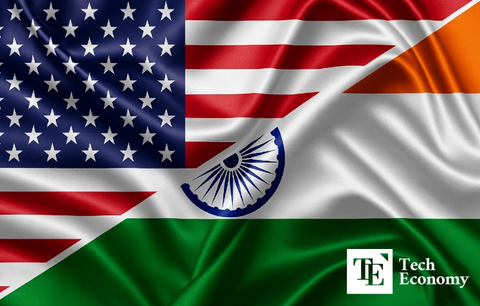
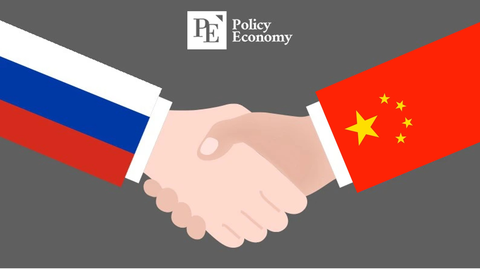












Comment